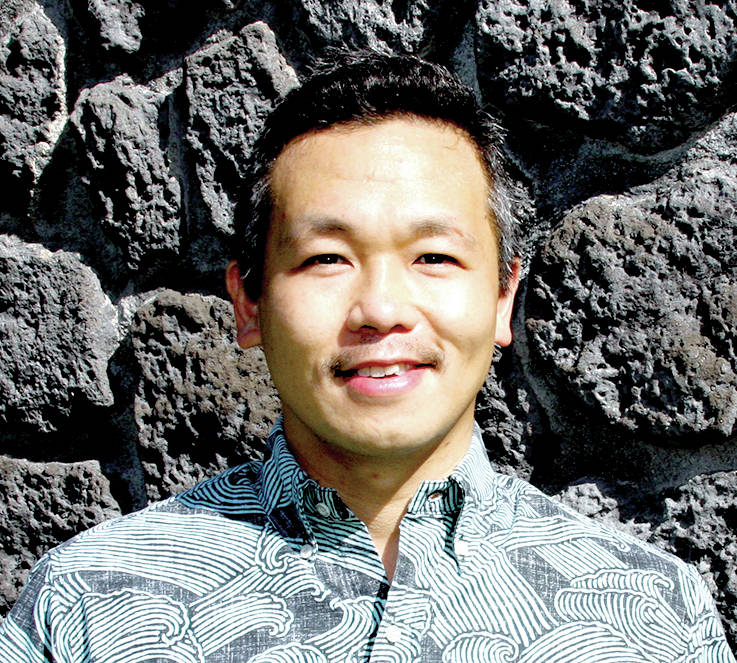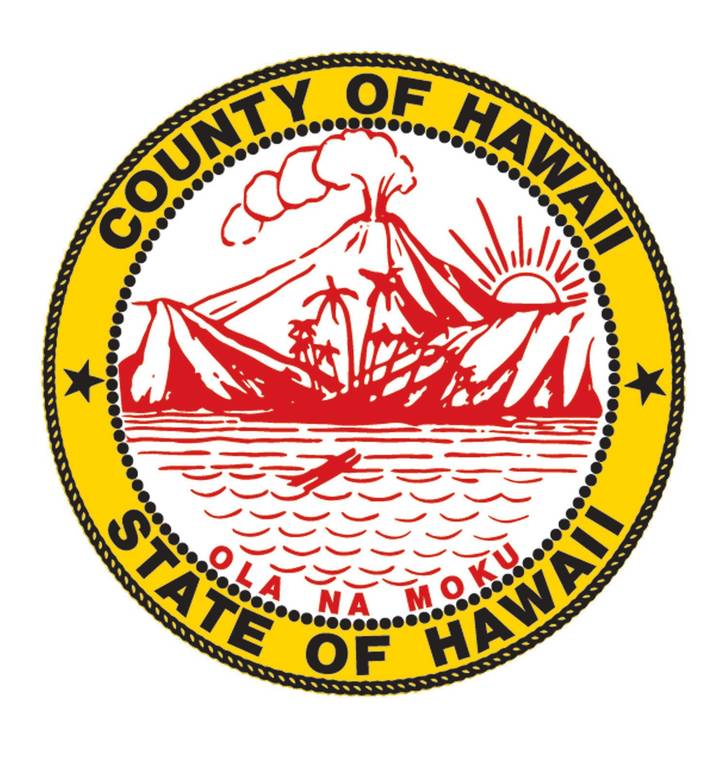More than 100 people have submitted applications for Hawaii County to buy their lava-damaged properties in lower Puna.
The Kilauea Disaster Recovery Voluntary Housing Buyout Program began taking applications Friday and already has received significant interest from Puna residents whose homes were affected by the 2018 Kilauea eruption.
During a Tuesday presentation before the County Council’s Government Operations, Relations and Economic Development Committee, county Recovery Officer Doug Le reflected on the successful launch of the program and the next steps to be taken.
The applications received so far were for the program’s first phase, with dozens of additional registrations from people interested in applying for the next phases of the program.
The first phase, which ends July 30, only permits owners of primary residences affected by the eruption to apply for a buyout. Owners of secondary residences or undeveloped properties cannot apply yet, but can register to submit applications for phases two and three, which will open respectively on Nov. 1 of this year and May 1 of next year.
Le said that of the nearly 1,300 eligible property owners identified, close to 80% are expected to seek a buyout, based on the results of a survey of Puna property owners.
If all of those interested owners apply for a buyout, and receive the maximum possible payout of $230,000, the costs could total more than $93 million, which is more than the $83.8 million allocated to the program by the U.S. Department of Housing and Urban Development.
However, Le said, HUD has allocated an additional $23 million to the county, which can also be used for the program.
“Given the demand we’re seeing, we’re looking to add the entire $23 million to the project,” Le said, explaining that the next step is to amend the project’s action plan to include the additional funding.
Council members were pleased by the success of the program’s launch, but offered suggestions for the future.
Puna Councilwoman Ashley Kierkiewicz requested that the land bought out by the program be used in conjunction with organizations such as Habitat for Humanity to develop communal spaces, like a community garden.
Le said HUD has some requirements for how the county will manage the bought-out land — the properties must be treated as open land, for instance — but added that the county won’t know what to do with the land until it knows what land it will buy.
Because of this, plans for the land will not take shape for at least another year, he said.
Email Michael Brestovansky at mbrestovansky@hawaiitribune-herald.com.









